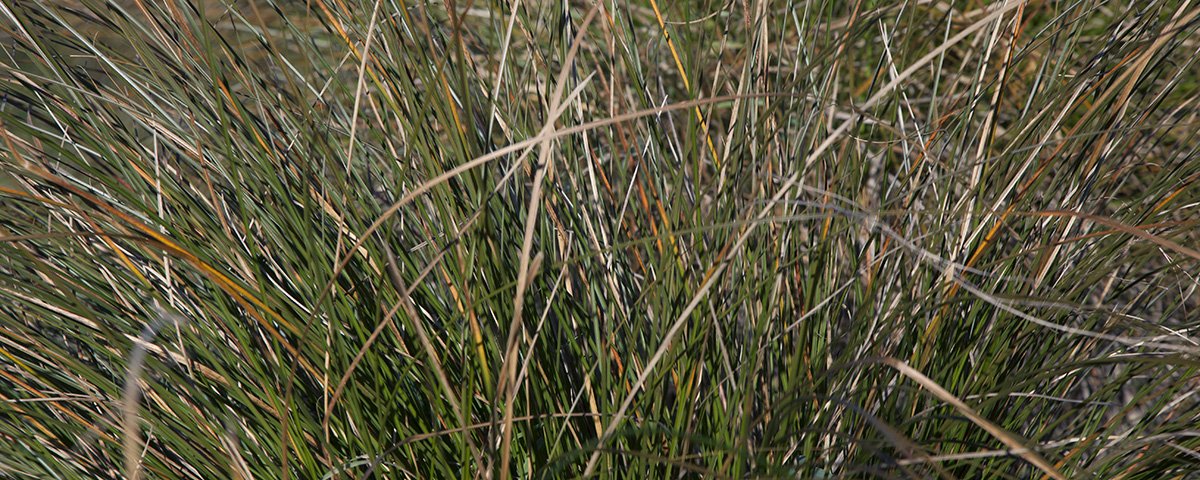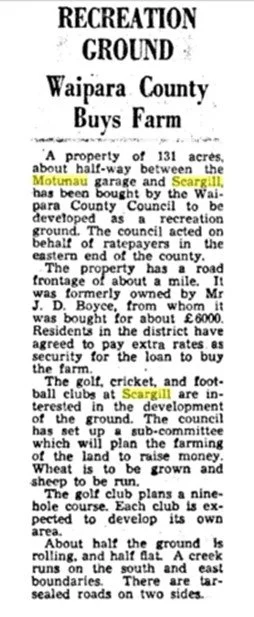
The Scargill Motunau Recreation Reserve
History of the Hurunui District Council’s Scargill Motunau Recreation Reserve
The HDC SMRR was first established in 1961 when the Waipara County Council purchased 131 acres of John Boyce to be developed as a recreation ground. Residents of the district paid extra rates to secure the loan.
1962 a Beautifying committee was formed, and planting got underway. Over the last 60 years dedicated locals have created the incredible facilities we have today.
The Reserve is currently home to a 9-hole golf course, tennis and squash courts, a bowling green, a cricket field, a walkway and six freedom camping sites and a pavilion.
The pavilion was recently extended and upgraded after the demolition of the Scargill Memorial Hall following the 2016 Scargill earthquake.
Part of the Reserve is a working farm with native shrublands, which is used to graze breeding ewes allowing for extra income for the Reserve.
Over the last 60 years there has been extensive ongoing planting, and now there are well-established areas of woodlot and amenity trees. Plantings include 7 species of pine, Wellingtonia, Black Wattle, Larch, Cedar, Spruce, Birch, Ash, Fir, Eucalyptus Wattles, a variety of Oak species, Ponderosa, Macrocarpa, Box Elder and Leyland Cyprus.

